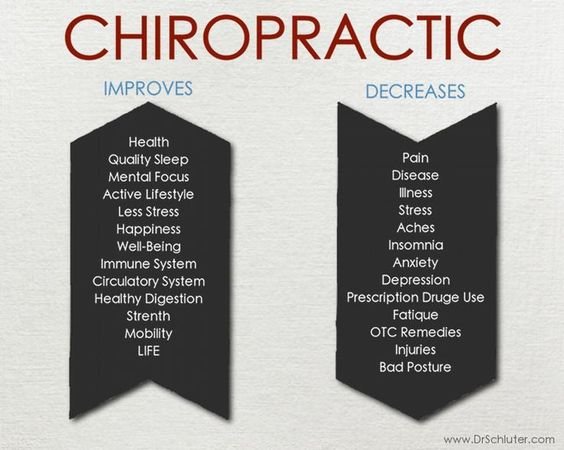Discover The Secrets Behind Neck Discomfort And How Comprehending Cervical Back Anatomy Can Help You Find Alleviation
Discover The Secrets Behind Neck Discomfort And How Comprehending Cervical Back Anatomy Can Help You Find Alleviation
Blog Article
Material Created By-Irwin McKinnon
As you sit there, maybe feeling an ache of pain in your neck, have you ever before thought the intricate frameworks that make up your cervical spine? Recognizing how the vertebrae, discs, and nerves engage in this region can shed light on why neck pain can be so relentless and devastating. By checking out the foundations of cervical spinal column anatomy and its effects for neck discomfort, you might uncover understandings that might help you much better take care of or even prevent those unpleasant aches and tightness.
Relevance of Cervical Back Anatomy
Understanding the significance of cervical spinal column makeup is important in understanding the intricacies of neck pain. https://www.chiroeco.com/american-bone-health/ , made up of seven vertebrae, plays an important role in supporting the head's weight and helping with motion. It houses the spinal cord, which transmits messages between the mind et cetera of the body. In addition, the cervical spine safeguards these delicate nerves and supplies structural stability to the neck area.
Moreover, the cervical spinal column allows for a wide range of activity, enabling you to transform your head, turn it laterally, and nod backwards and forwards. Each vertebra has specific features and features that add to the general versatility and security of the neck. Recognizing the anatomy of the cervical back can aid you comprehend exactly how injuries or degenerative problems in this area can bring about neck discomfort and associated symptoms.
Elements of the Cervical Back
When discovering the components of the cervical spinal column, it becomes noticeable that its structure contains seven vertebrae, classified C1 to C7, piled on top of each other. These vertebrae are important as they give support to the head and enable a vast array of movement in the neck.
The upper vertebra, C1, also referred to as the atlas, sustains the skull and enables the sluggish movement of the head. Directly beneath C1 is the C2 vertebra, called the axis, which permits the rotation of the head back and forth.
Moving down the cervical spinal column, each vertebra plays an important role in keeping the back's versatility and stability. Between each vertebra are intervertebral discs that function as paddings, taking in shock and preventing the vertebrae from scrubing versus each other.
Recognizing the components of the cervical back is crucial in comprehending how the spine features and its possible impact on neck discomfort.
Connection In Between Back and Neck Discomfort
The link between the spinal column and neck discomfort is an important aspect of understanding musculoskeletal pain. Your spine, particularly the cervical region, plays a significant role in supporting your head and allowing for numerous activities. When there's a concern in the spinal column, such as a herniated disc or misalignment, it can directly impact the surrounding tissues and nerves, bring about neck discomfort. Poor posture, injuries, and degenerative problems can all contribute to spine-related neck discomfort.
more resources to identify that the spine and neck function as a natural device. Any type of problems or imbalances in the spine can cause pressure on the neck muscle mass and tendons, causing pain and stiffness.
Final thought
Now that you have a basic understanding of cervical spinal column makeup and its link to neck pain, you can better appreciate the complexities of your own neck pain. Remember, the wellness of your cervical spinal column plays an essential function in supporting your head and facilitating activity, so it is necessary to take care of it through appropriate stance, exercise, and regular exams with a healthcare expert. Keep educated and positive regarding your spine wellness to prevent and handle neck pain successfully.
